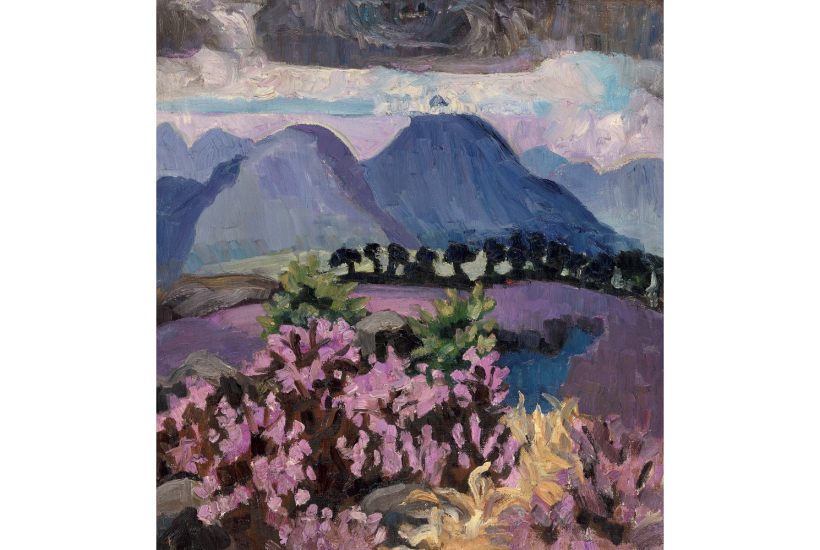‘Welcome to England’s Most Misunderstood County’, reads an imitation road sign inside the entrance to Firstsite gallery. It’s part of ‘The Essex Way’ (2021), a monumental collage commissioned from local boy Michael Landy to mark the 10th anniversary of the Colchester gallery’s opening. With its discombobulating mix of illustrations of native birdlife and views of landmarks such as the Veolia landfill site at Rainham, Landy’s mural is designed, like the gallery’s current exhibition series, to challenge assumptions about the county now most commonly associated with Towie.
Already a subscriber? Log in
Subscribe for just $2 a week
Try a month of The Spectator Australia absolutely free and without commitment. Not only that but – if you choose to continue – you’ll pay just $2 a week for your first year.
- Unlimited access to spectator.com.au and app
- The weekly edition on the Spectator Australia app
- Spectator podcasts and newsletters
- Full access to spectator.co.uk
Unlock this article
You might disagree with half of it, but you’ll enjoy reading all of it. Try your first month for free, then just $2 a week for the remainder of your first year.








Comments
Don't miss out
Join the conversation with other Spectator Australia readers. Subscribe to leave a comment.
SUBSCRIBEAlready a subscriber? Log in